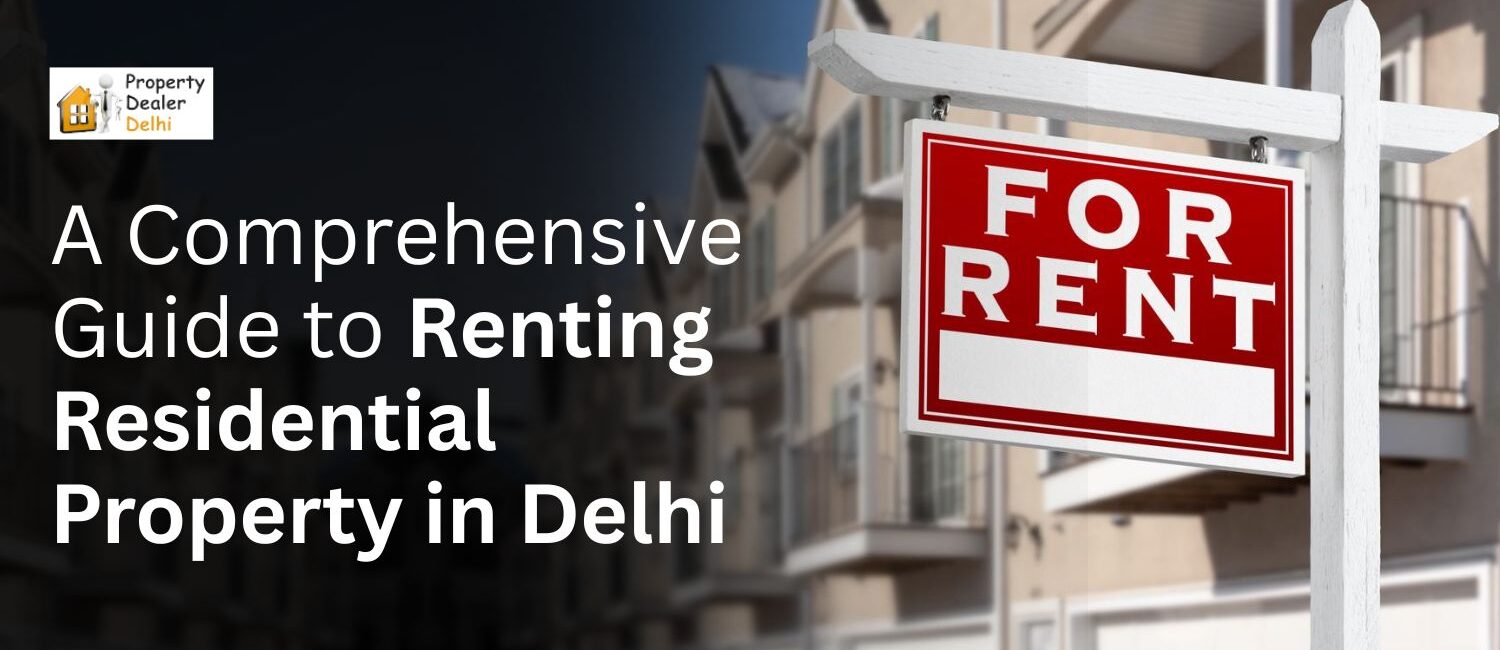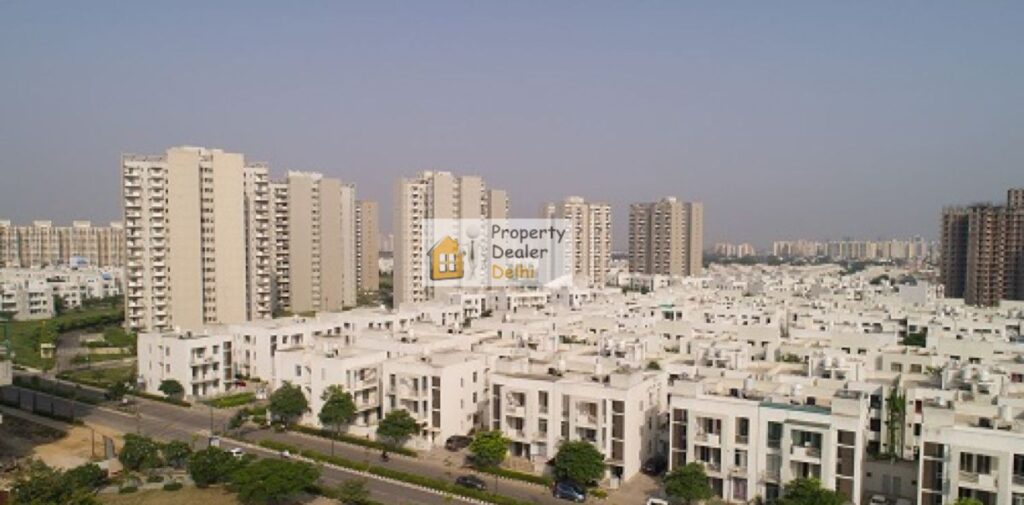
Renting residential property in Delhi can be a daunting task, especially for newcomers. The city is vast, with a diverse range of options, from affordable apartments to luxurious villas. Understanding the process, the best areas to look for, and the factors to consider when renting can help you make an informed decision. This guide will walk you through everything you need to know about Renting Residential Property in Delhi.
Understanding the Rental Market in Delhi
The rental market in Delhi is diverse, with options catering to a wide range of budgets. The city is divided into various zones, each offering different types of properties. While central areas like Connaught Place and Lutyens’ Delhi have high-end properties, neighborhoods like Dwarka, Rohini, and East of Kailash offer more affordable options.
Before starting your search, it’s important to understand the rental prices in different areas. Central Delhi, as expected, has higher rental costs due to its proximity to business hubs, markets, and premium amenities. On the other hand, suburbs and peripheral areas tend to offer more affordable rents, which makes them ideal for families, students, and professionals looking for budget-friendly options.
Rental prices can also vary based on the type of property. For example, a 1BHK apartment in a non-central area can cost between ₹15,000 and ₹30,000 per month, while in a posh area like Greater Kailash or Vasant Kunj, the rent for a similar property could be much higher.

Choosing the Right Neighborhood
Choosing the right neighborhood is a crucial aspect of renting in Delhi. The location of the property affects your daily commute, access to schools, hospitals, and other essential services. Here’s a breakdown of some popular neighborhoods for renting in Delhi:
- South Delhi: Areas like Saket, Hauz Khas, and Greater Kailash are known for their peaceful environment, good infrastructure, and proximity to major business districts. These areas are ideal for families and young professionals who are willing to pay a bit more for convenience and quality of life.
- North Delhi: Localities like Rohini, Pitampura, and Shalimar Bagh are more affordable and offer a variety of residential options, including apartments and independent houses. These areas are well-connected by metro and road, making them suitable for people who want to live away from the hustle and bustle of the city center but still have easy access to key areas.
- East Delhi: Areas such as Preet Vihar, Mayur Vihar, and Anand Vihar are also popular among renters due to their relatively affordable rents and good infrastructure. These areas are known for their calm surroundings and are perfect for families and individuals seeking a quieter lifestyle.
- West Delhi: Localities like Janakpuri, Rajouri Garden, and Uttam Nagar are also becoming increasingly popular for renting. These areas are well-developed and offer a range of rental options, from budget-friendly apartments to mid-range options, making them ideal for a wide range of tenants.
The Rental Process and Documentation
Once you have selected your preferred area, the next step is to begin the rental process. Here’s a brief overview of what to expect:
- Property Search: You can begin by searching online platforms such as MagicBricks, 99acres, or NoBroker, or by contacting local property agents. It’s important to shortlist properties based on your budget and preferences, such as proximity to your workplace or public transport.
- Visiting Properties: After shortlisting potential properties, it’s essential to visit them in person. This will give you a better idea of the condition of the property, the surrounding neighborhood, and whether the amenities match your needs.
- Negotiation: In most cases, rents are negotiable, and you can try negotiating the rent or terms of the lease with the landlord. Always keep in mind the market rates and your budget during negotiations.
- Agreement and Documents: Once you’ve decided on a property, the next step is to sign a rental agreement. This document should outline the rental amount, security deposit, duration of the lease, and other terms and conditions. Typically, the security deposit is 2-3 months’ rent, which is refundable at the end of the lease period if no damage is caused to the property.

Key documents required for renting a property include:
- Identity proof (Aadhaar card, passport, voter ID)
- Address proof (Utility bill, rental agreement)
- Income proof (Salary slips or bank statements)
- Photographs (Passport-sized)
Things to Consider Before Renting a Property
Before finalizing your rental agreement, it’s important to consider a few key factors:
- Accessibility and Connectivity: Ensure the property is well-connected to key locations like your workplace, schools, hospitals, and markets. Proximity to metro stations and bus stops can make commuting much easier.
- Safety and Security: Look for properties in safe neighborhoods and ensure that the property itself has adequate security features, such as a gated entrance, CCTV cameras, and security guards.
- Maintenance and Utilities: Clarify the maintenance charges and whether utilities like water, electricity, and gas are included in the rent. Understand your responsibilities regarding property upkeep and repairs.
- Pet Policy: If you have pets, make sure to check if the property allows them. Many rental properties may have restrictions on pets, so it’s best to confirm this in advance.
Conclusion: Renting Residential Property in Delhi
Renting a residential property in Delhi requires careful planning and research. By understanding the rental market, choosing the right neighborhood, and going through the rental process systematically, you can find a home that fits your needs and budget. Whether you’re a student, working professional, or family, Delhi offers a wide range of rental options to suit different lifestyles. With the right approach, renting in Delhi can be a smooth and rewarding experience.

